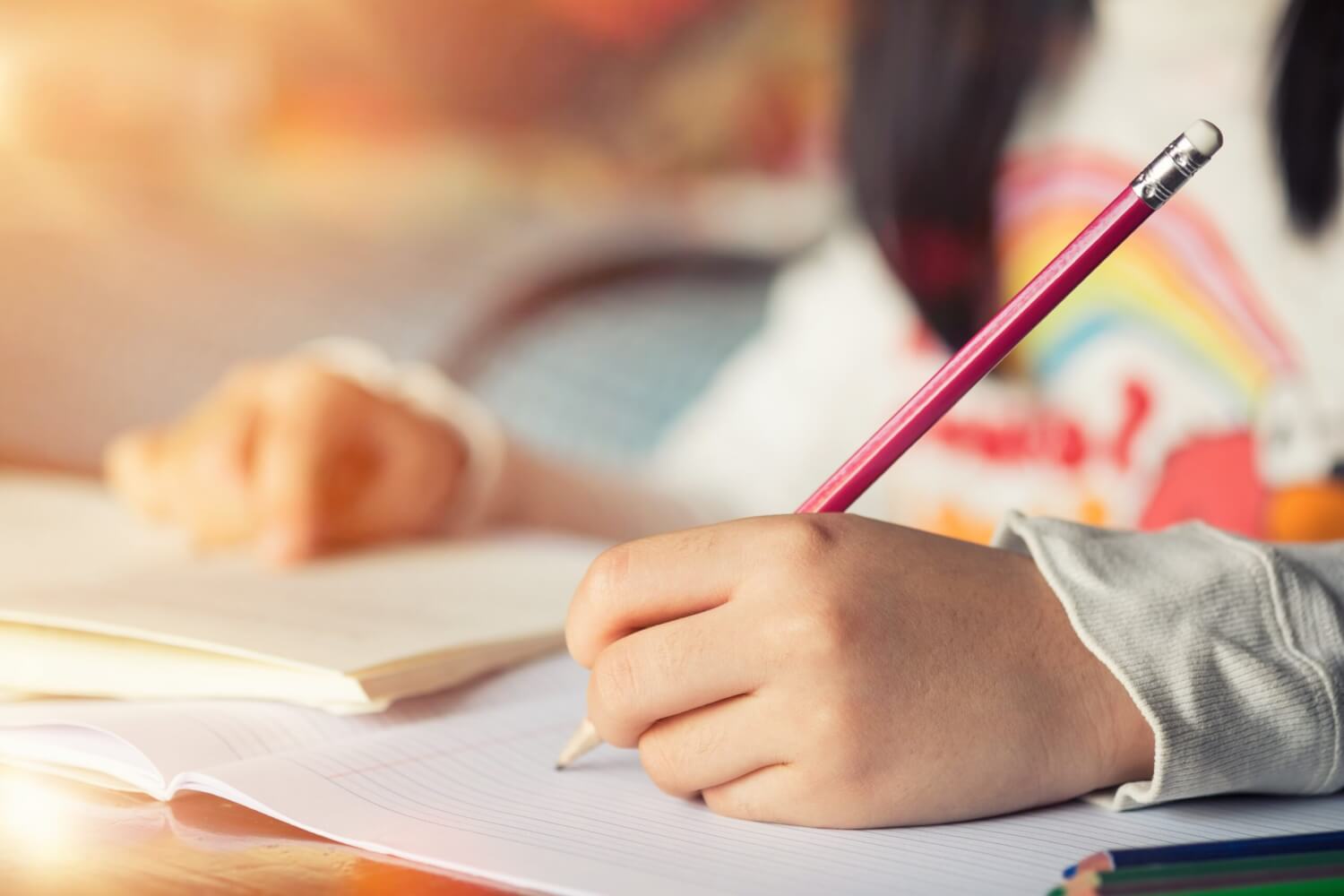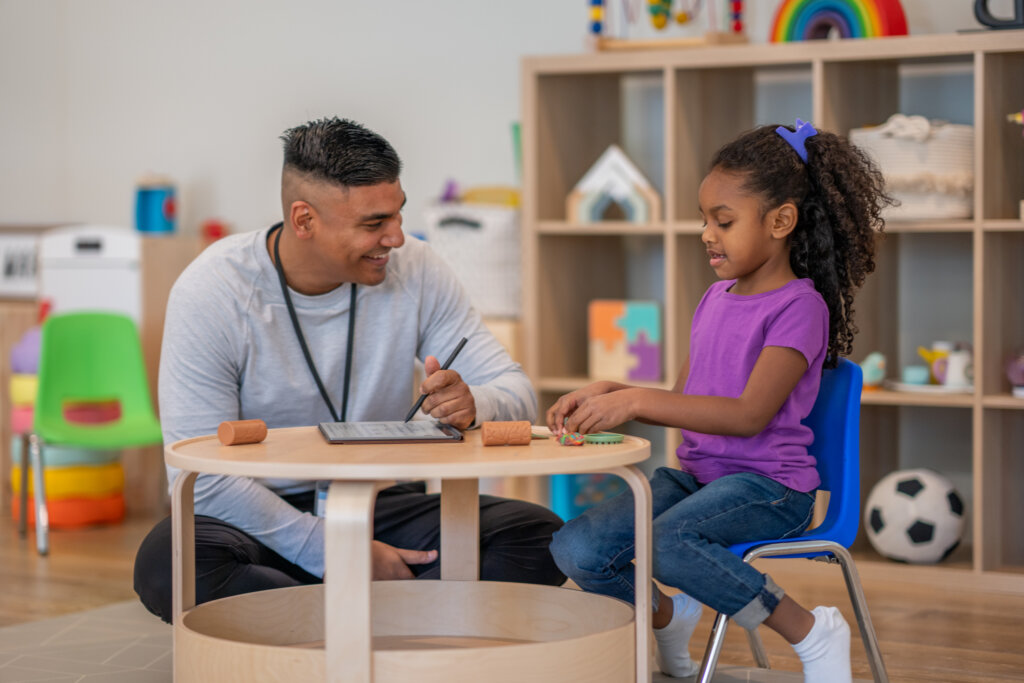With the amount of new information students learn every day, remembering—and understanding—it all can be tough. Making sure your child develops the most effective study skills is the first step toward success.
One of the most effective study techniques students of every age can use is called spaced practice.
What Is Spaced Practice?
Spaced practice is a study technique where students review material over a long period of time. This gives their minds time to form connections between the ideas and concepts so knowledge can be built upon and easily recalled later.
Understanding The Spaced Practice Method
Before you understand how the spacing study method works, there’s another important part of the equation: the forgetting curve.
The forgetting curve is how much knowledge is lost over time when our brains don’t put in any effort to remember it. Just learning something once isn’t enough. Your child needs to revisit that material and review it over time in order for it to really stick. Unless your child works to review the material he or she has learned, most of that material will be forgotten in a matter of days or weeks.
This is where spaced practice comes in.
How Does Spaced Practice Work?
The purpose of the spaced repetition method is to give your child a chance to (almost) forget before he or she revists the material. It sounds backwards, but it’s actually important to forget in order to remember!
When our brains have almost forgotten something, it makes them work harder to recall that information. Spaced learning gives your child’s brain a workout each time he or she revisits the material.
In a cram session, all the information is stored in your child’s short-term memory (and quickly forgotten). When your child uses spaced learning, the material is able to make its way into his or her long-term memory instead.
That’s why spaced learning works. Eventually, your child won’t need to work to remember—he or she will be able to recall the information quickly from his or her long-term memory.
The first couple sessions, your child’s brain will be working hard to recall the material. As your child revisits the material, it will become easier to remember and build upon.
Turn academic challenges into success stories—find out how here.
Planning A Spaced Repetition Schedule
Creating a study schedule for spaced repetition can help your child better remember what he or she has learned. This will prepare him or her to build upon the information being learned so your child has a solid foundation for tests and future learning.
How To Use The Spaced Learning Method:
-
- Plan short and frequent review sessions.
Short and frequent study sessions are better than long, infrequent ones. This gives your child a chance to recall what he or she has learned and make new connections, rather than trying to study everything at once. Make these study sessions ongoing throughout the year, not just something happens only when there is an upcoming test.
-
- Review over an extended period of time.
Instead of trying to cram all of the material into a study session or two, set aside time each day to review. Divide the material into topics and tackle each over the course of a couple weeks. Alternate between topics, with longer periods of time between each session that focuses on a particular topic.
For example, if your child is starting a new unit in science class, devote a study session to it. Then, go back the next day to review again. After that, wait 3 days and review again. This pattern may look a bit different for each student, but a typical spaced repetition schedule might look like this:
Day 1: Initial study session
Next day: Revisit & Review
After 3 days: Revisit & Review
After 1 week: Revisit & Review
After 2 weeks: Revisit & Review
-
- Review older material first.
As your child studies information from the most recent class, make sure to go back and study important older information to keep it fresh. With spaced practice, it’s actually good to forget a little. In order to make studying effective, your child needs to study, almost forget, and then restudy. The point is to make the brain work to remember what was studied in the last session. The harder the brain is challenged to recall past material, the better your child will be able to remember it in the future.
-
- Incorporate old material with new information.
As your child revisits previous material, he or she will also be learning new material. This is a chance for him or her to understand how old and new topics fit together. While your child is revising and reviewing past material, encourage him or her to think about how it connects to other things he or she is learning.
-
- Create summaries and checklists.
During each study session, create brief summaries or lists. Each time your child revisits the material, use these summaries to jog his or her memory. This will make it easier for your child to incorporate new material into old information he or she has learned. It will also help keep him or her on track with the material being studied in each session.
Mastering Study Skills Is All About Practice
As your child gets into the habit of using spaced practice, he or she will be able to build a strong foundation for better performance in class and on tests. And if your child needs some extra help mastering study techniques, our Study Skills tutoring program can help!




